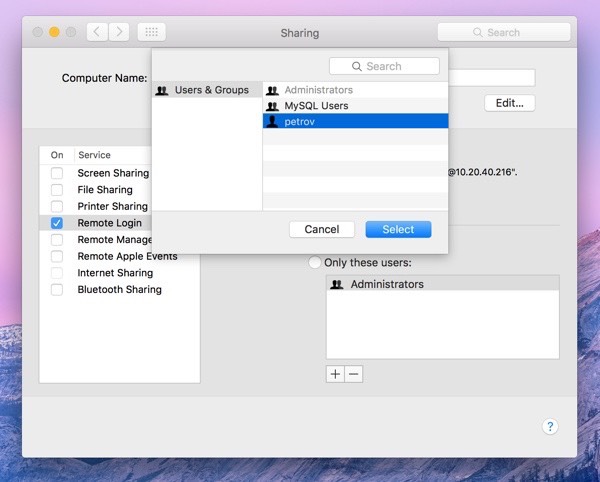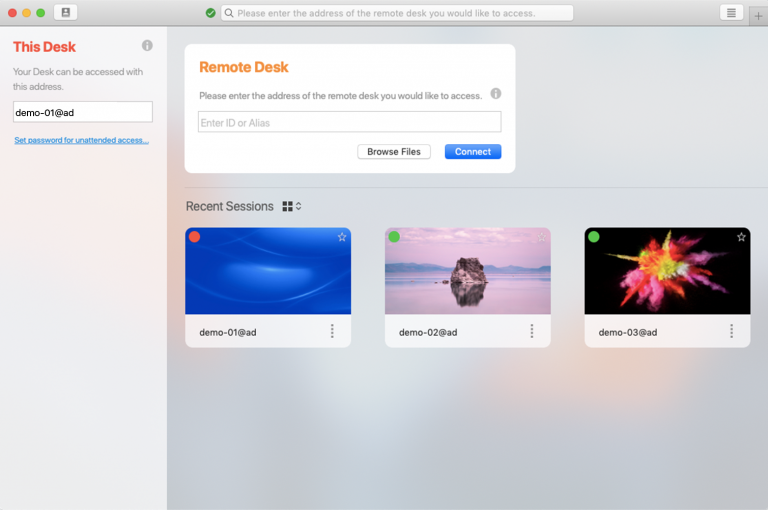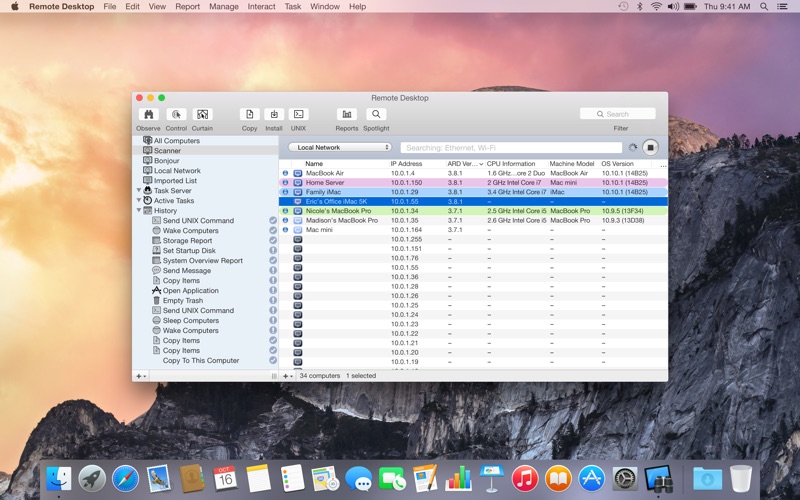

We also touched on the Remote Desktop Services Manager in our article about how to manage remote desktop connections.Īfter you have RSAT installed with the “Remote Desktop Services Tools” option enabled, you’ll find the Remote Desktop Services Manager in your Start Menu, under Administrative Tools, then Remote Desktop Services: The Remote Desktop Services Manager is part of the Remote Server Administration Tools (RSAT) suite of tools, so you’ll need to install RSAT before you can use the Remote Desktop Manager. This means you can use them to check on the given machine remotely without impacting any of the users currently logged on to the remote machine.

It’s also worth pointing out that each of these ways is non-invasive. In fact, there are at least three ways to remotely view who’s logged on.Įach of these methods for remotely viewing who is logged on to a Windows machine assumes your Windows login has sufficient permission to connect remotely to the machine.

Fortunately Windows provides a way to do this. Many times you not only need to check who is logged on interactively at the console, but also check who is connected remotely via a Remote Desktop Connection (RDP). Click a Mac’s name to access its files - you can browse its entire drive and grab any file from the Finder window.As a Windows systems administrator, there are plenty of situations where you need to remotely view who is logged on to a given computer.

When you open the Finder, you’ll see all the Macs you’ve signed into and enabled Back to My Mac on under Shared in the sidebar. You can do this from anywhere in the world as long as you have an Internet connection. Log into another Mac with the same iCloud account you used to log into the first Mac you set up. With Back to My Mac, File Sharing, and Screen Sharing enabled, you should now be able to remotely connect to your Mac. This allows your Mac to automatically forward the ports it requires for connectivity.Ĭonfigure these options from your router’s web interface. RELATED: Beginner Geek: How to Configure Your Routerįor best connectivity and maximum performance, Apple recommends you enable the UPnP or NAT-PMP features on your router. You’ll need to do this on each Mac you want to remotely access via Back to My Mac.


 0 kommentar(er)
0 kommentar(er)
